How to Print 11x14 on Canon Pro 100
Canon PIXMA PRO-100 Review
April 26, 2013 | Jon Canfield | Printer Reviews |
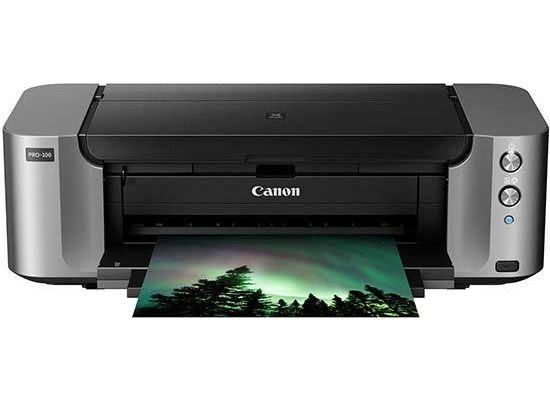
Introduction
Canon's Pixma Pro9000 Mark II printer has been a popular choice for photographers that want to print with dye inks (rather than pigments) with rich color and good print life. As part of the line of updates to their desktop printer line up, Canon has replaced this printer with the new Pixma Pro-100. Based on the top of the line Pixma Pro-1, this is a 13x19 printer that uses Canon's ChromaLife 100+ inks. In a change from the original model, this printer uses three blacks - black, gray, and light gray, for better black and white printing than was previously possible.
Other new features include the same image optimization technology found in the Pro-1 printer, a new Print Studio Pro plug-in for better printing directly from Photoshop and Digital Image Pro, support for printing on CD/DVD printable discs, and AirPrint for wireless printing from iOS devices as well as WiFi.
Setup
The printer is packaged in the usual Canon way - neatly with a lot of blue tape to remove, and with good directions, starting with the quick start installation guide.
After unpacking and creating a small mountain of tape strips, you'll install the print head, and into this the 8 ink cartridges - Black, Cyan, Magenta, Yellow, Photo Cyan, Photo Magenta, Gray, and Light Gray. Replacement ink is about $17 per cartridge. Cartridge size is the same as the previous Pro9000 Mark II, which is to say that you should have spares on hand if you do a large volume of printing.


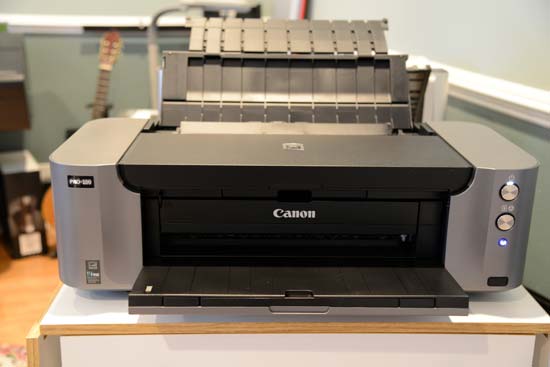
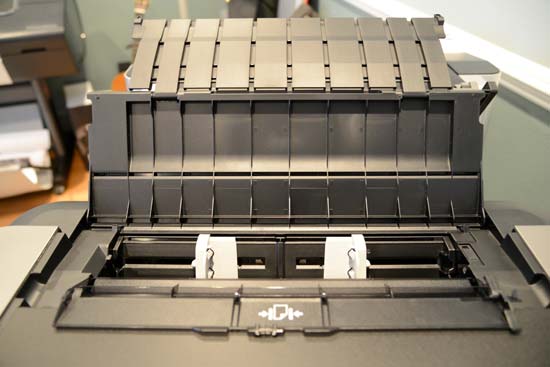

Setting up on my network was more problematic than normal. I couldn't get the setup program to recognize the printer on WiFi. After several tries, I finally plugged it into the computer via USB to complete setup. After this, the printer worked flawlessly on WiFi.


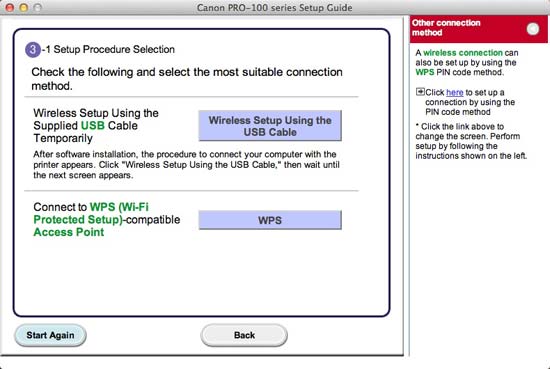
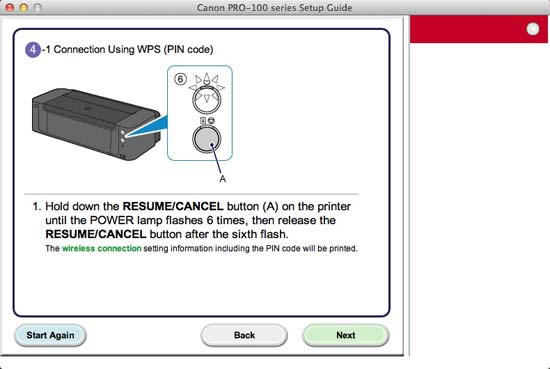
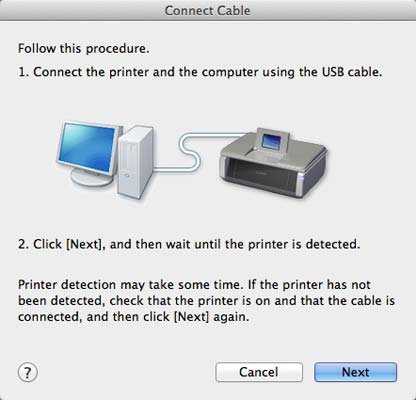
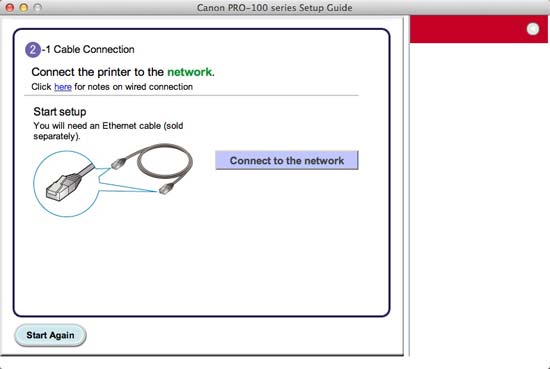
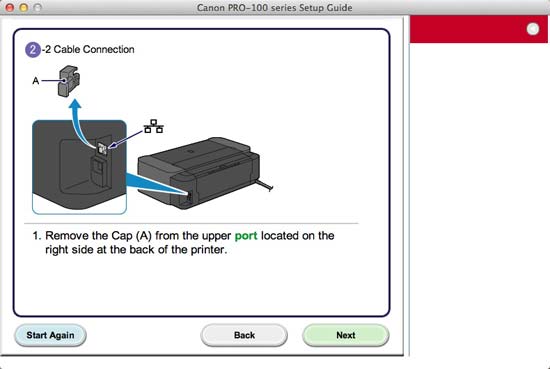
Connection options include USB, Ethernet, and the above mentioned WiFi. For iOS device users like the iPad or iPhone, the Pro-100 also supports AirPrint. I only did a couple of prints from my iPad, but the process couldn't be easier - the iPad recognizes any AirPrint printer on the same network and sends the files over.
There are two paper feed paths on the Pro-100, supporting standard photo papers with up to 20 sheets, and a rear single sheet load for heavy weight fine art papers.
Included software is Canon's Print Studio Pro, a plug-in for Photoshop and Lightroom, as well as Digital Photo Professional, which is Canon's image processing software for their SLR line. You also have Quick Menu, giving you easy access to the rest of the software suite - CD printing, Easy Photo Print, and Special Image Filters Print, a little application that applies special effects to your images. These are all great for the casual user, but I imagine most people buying a printer in this class will be using Photoshop or Lightroom for their printing.
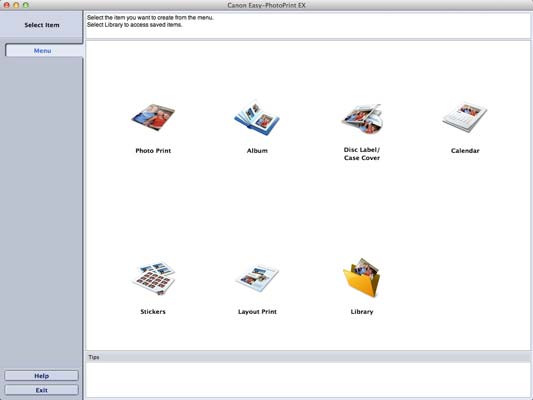
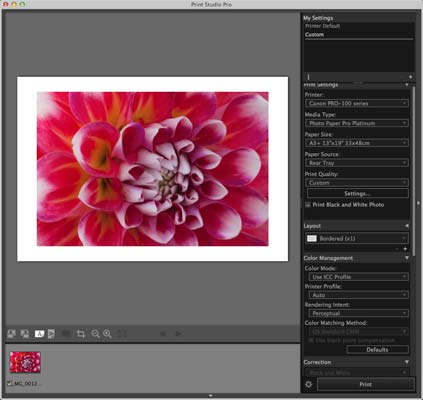
Pigment Vs Dye
One of the main draws to dye ink printing has been rich color saturation when compared to a pigment ink print. Pigments have come a long way and this really isn't an issue any more. Yes, the dye ink prints on photo paper with the Pro-100 have a little more pop than the same print and paper in the pigment Pro-10, but it's subtle and really only visible when prints are laid side by side.
On the other side of the coin, dye ink has been traditionally shorter lived than pigments. Canon and Epson have both done an excellent job of improving the life span of dye inks, with Canon claiming over 100 years with the current model (hence the ChromaLife 100+ name).
Your Comments
How to Print 11x14 on Canon Pro 100
Source: https://www.photographyblog.com/reviews/canon_pixma_pro_100_review